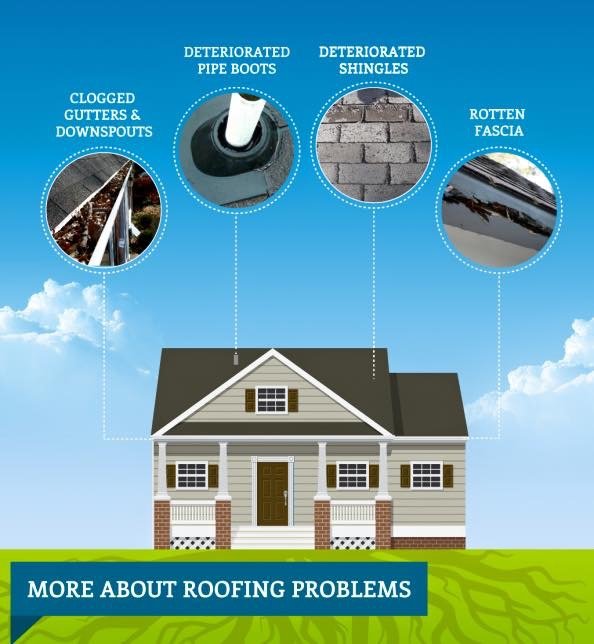Find Out How Various Climate Circumstances Can Influence Your Roof Covering Installation, Helping You Attain A Task Well Done
Find Out How Various Climate Circumstances Can Influence Your Roof Covering Installation, Helping You Attain A Task Well Done
Blog Article
Write-Up Produced By-Hartvigsen Donnelly
When it concerns roofing installments, the weather can make or break the task. Envision the aggravation of managing products that will not work together because of severe warmth or fighting slippery surfaces caused by unforeseen rain. Recognizing the influence of weather on your roof covering task is vital for an effective end result. So, let's check out how various weather components can affect the top quality and toughness of your roof covering installation, making sure a work well done.
Impact of Temperature on Roof Installation
When it comes to roof covering installment, temperature level plays a critical role at the same time. Check This Out for roofing jobs generally falls in between 45 and 85 degrees Fahrenheit. Extreme heat can cause products like roof shingles to end up being also flexible, causing prospective damages during installation. On the other hand, cold temperatures can make materials weak and vulnerable to splitting. It's important to set up roofing installments throughout moderate temperature levels to make sure the most effective outcome.
Throughout colder weather condition, specialists may require to take extra safety measures such as using heated devices or allowing products to warm up before setup.
In contrast, hot weather may call for job to be done earlier or later on in the day to stay clear of the peak temperature levels. By considering the temperature level and its effects on roof covering products, you can assist guarantee a successful installment that will stand up to the components for many years to come.
Effect of Precipitation on Roof Projects
Roofing jobs can be considerably affected by precipitation, affecting both the timeline and the high quality of the installation. Rain or snow can develop unsafe problems, making it harmful for roofing contractors to deal with a damp surface. Additionally, wetness can endanger the adhesion of products like tiles or underlayment, causing possible leaks or problems in the future.
If it rains during a roof covering job, the water can leak right into at risk areas, causing hold-ups as the setup team should wait for the roofing to completely dry prior to continuing. Excessive dampness can additionally promote the growth of mold and mildew and mildew, additional threatening the honesty of the roof.
To avoid these issues, it's recommended to set up roof tasks throughout drier seasons or monitor the weather prediction closely to prepare around any kind of potential rainstorms. By taking preventative measures to operate in positive weather conditions, you can ensure a smoother and much more successful roofing system setup procedure.
Impact of Wind Speed on Installation Success
Throughout roof covering installment, the rate of the wind plays a vital duty in establishing the success of the job. High wind speeds can posture substantial difficulties to contractors, possibly resulting in safety dangers and high quality concerns. When wind speeds surpass advised limits, it comes to be challenging to handle materials, boosting the danger of mishaps and damage to the roofing materials. Solid gusts can also affect the precision of measurements and the accuracy required for correct setup.
To ensure a successful roof installment, it's necessary to check and think about wind rates. Preferably, roofing installation need to take place on days with reduced to moderate wind rates. This not only improves the safety and security of the employees but also boosts the overall top quality of the setup.
Roof projects scheduled during tranquil weather conditions are most likely to be finished successfully and with less errors. By taking note of wind rate projections and planning as necessary, you can assist make sure a smooth and successful roofing installation procedure.
Conclusion
So, when it concerns roofing system installation, keep in mind to consider the weather to make certain a successful task. siding installer san antonio , completely dry problems, and moderate wind speeds are vital aspects to prioritize for a smooth setup process. By scheduling your task throughout the best seasons and excellent weather, you can accomplish a resilient and resilient roofing that will safeguard your home for several years to find.
